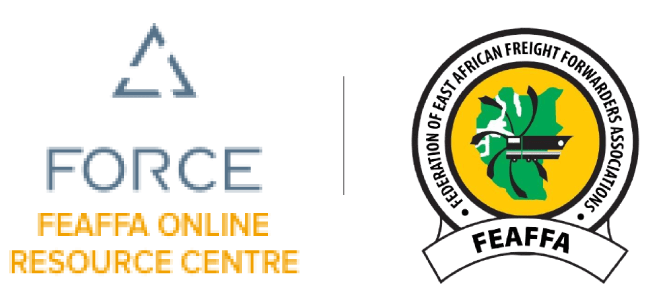Customs Reform and Modernization Initiatives
- The “Customs in the 21st Century” strategy document vividly describes the role of Customs as: “… control the movement of goods and thereby secure the state’s interests and safeguard revenue collection.
- The key aims have been to ensure compliance with state policies and laws applicable to the cross-border movement of goods, to combat smuggling, and to secure borders, whilst ensuring the facilitation of legitimate trade”.
- This means that the role of Customs has continued to evolve, from the traditional role of revenue collection towards more complex roles.
- Customs mandate, like that of many Customs Administrations globally, includes trade facilitation; revenue collection; protection of society; and collection of national statistics. In order to fulfil its mandate effectively and efficiently, levering on technology.
Factors that Necessitate Automation of Customs Management Systems
- Collection of all revenues due to the State
- Customs Administrations help countries to realize these goals by ensuring compliance with the laws governing international trade.
- Growing international trade volumes
- Growth in trade volumes means that Customs have to process more transactions and the workload is increasing, usually with the same or less resources, especially in times of fiscal austerity.
- New trade rules
- The WTO Trade Facilitation Agreement (TFA) requires that Member countries implement reforms and modernization initiatives in order to comply with the various TFA measures.
- Proliferation of Regional Trade Agreements (RTAs)
- The proliferation of RTAs means that trade is subject to complex preferential rules of origin in addition to rules that are already administered by Customs.
- Collection of all revenues due to the State
- New logistics and supply chain models
- The needs of modern international business exert pressure on Customs administrations to process goods effectively and efficiently and to minimize delays.
- Emergence of transnational organized crime and terrorist networks
- Transnational organized crime and terrorism facilitate many of the serious threats to international peace and security.. Customs administrations have a responsibility to stop illicit trade.
- Growing concerns regarding public health and the environment
- The international community has adopted a number of international instruments aimed at controlling the international movement of harmful and dangerous goods. These international instruments are implemented by Customs administrations at national borders
- Traditional trade patterns are changing, and participants are increasing
- The share of developing countries in world merchandise trade is increasing. This changing structure impacts on the types of transactions handled by many Customs Administrations.
Challenges Driving Customs Reforms
- Inconsistent procedures across Customs stations;
- Inaccurate trade statistics and management reports;
- Poor workload management;
- Congestion at the port, ICD and Customs offices;
- Long queues at border stations;
- Uncoordinated border management among government border agencies;
- High cost of administration and high cost of doing business;
- Expanding scope and complexity of work;
- Challenges in management of tons of paper records and documents generated annually; and
- Inefficient risk management system that made compliant traders to be treated the same as non-compliant traders.
Reforms and Modernization Journey




Benefits of Reforms and Modernization Initiatives
- The reform and modernization initiatives have made it possible for:
- Efficient Customs operations that consume less time and minimize transaction & compliance costs
- Significant growth in revenue collection
- Reduced complexity to Customs that fosters voluntary compliance
- Increased security of the supply chain – Improved risk management
